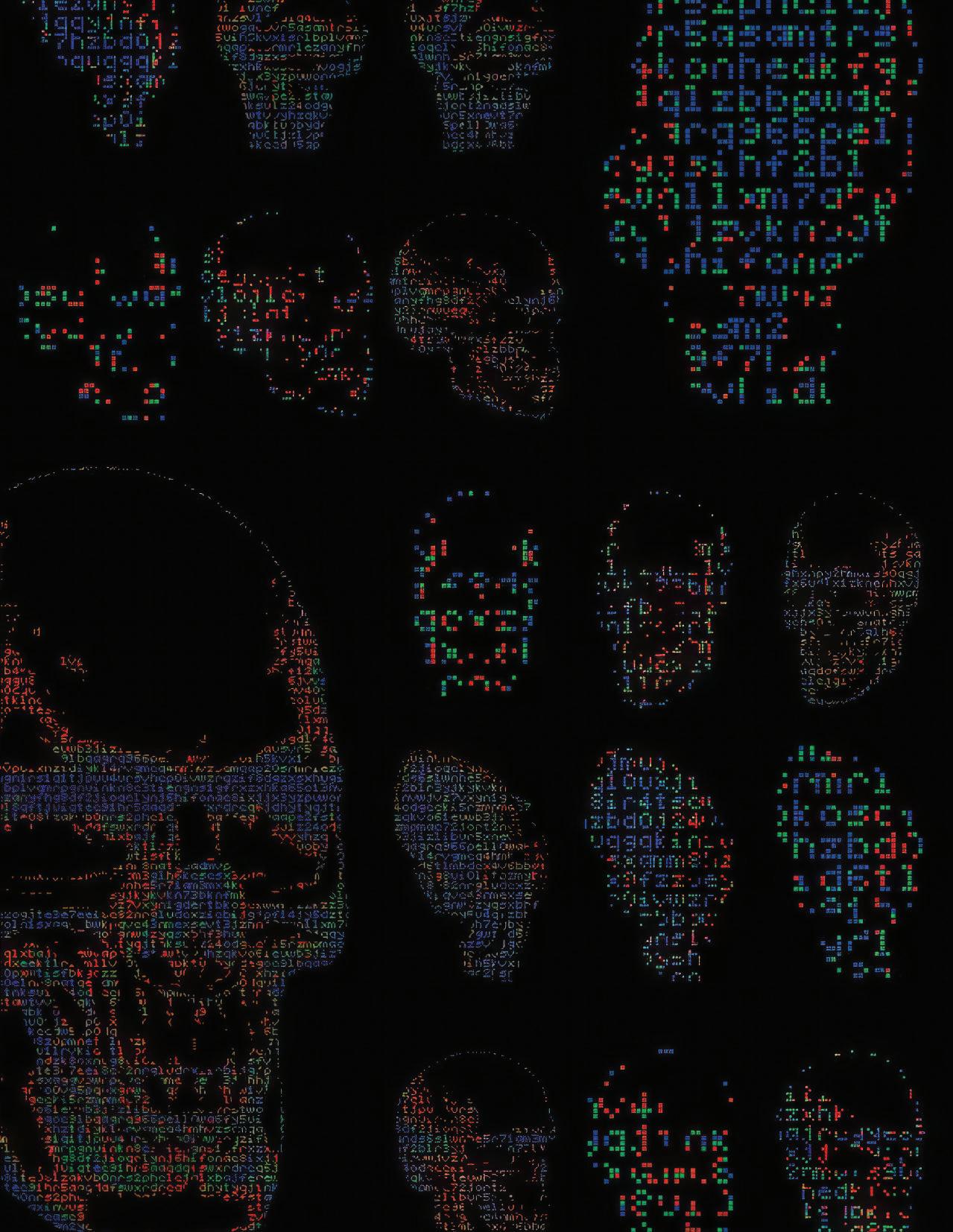
3 minute read
MALWARE CAUGHT IN 4K
from CHAIN - Issue I, Nov 2023
by CHAIN
BY MOHAMMAD SHAHWAN
In today’s tech-driven world, there’s a sneaky digital villain that can wreak havoc on our devices and data. It’s called “malware,” short for malicious software. Let’s take a closer look at what malware is, how it comes at us, and the steps we can take to stay safe.
What’s Malware?
Malware is like a digital troublemaker. It’s a type of software or code that’s made to cause harm Common types of malware include. Viruses that attach themselves to legitimate programs and replicate upon execution, Worms that spread automatically through networks, Trojans that masquerade as legitimate software, Spyware that stealthily gathers sensitive information, And Ransomware that encrypts your data and demands money for its release, Rootkits that provide privileged access within a system without detection, And Adware that shows unwanted ads which can slow down your computer.
Common Infection Vectors
Malware can infiltrate systems through various vectors. Email attachments, infected websites, and malicious downloads are common entry points. Additionally, software vulnerabilities, especially those left unpatched, provide opportunities for the attacker to exploit weaknesses and spread malware.
Anti Malware Tools AND Solutions
Antivirus software, intrusion detection systems, and firewalls are essential tools in the fight against malware. They scan files and network traffic for signs of malicious activity and take action to block or remove threats.
Malware Detection and Removal
Regularly scanning systems with up-to-date antivirus software is critical in malware detection. In the event of an infection, isolating affected devices from the network and removing the malware promptly can minimize damage.
Malware Prevention Strategies
Preventing malware infections requires a proactive approach, which includes keeping your software and devices up to date, learning how to recognize suspicious emails and messages, using strong passwords, enabling multi-factor authentication, exercising caution when clicking online links, and making sure to download apps exclusively from trusted sources.
The Role of Machine Learning in Malware Detection
Machine learning plays a vital role in identifying and categorizing malware. Specifically, malware that can evade traditional signature-based antivirus by constantly changing its code e.g. Metamorphic and polymorphic malware. To find polymorphic and metamorphic malware, organizations need advanced cybersecurity tools that don’t rely on signatures. These tools use machine learning (ML) algorithms to assess the likelihood of a file being malicious. They do this by looking at overall file characteristics, like randomness in different parts, images, icons, and code structure. These features are transformed into numerical data for ML models to analyze.
In conclusion, malware is a digital troublemaker that we need to watch out for. But with the right tools and some know-how, we can protect ourselves and keep our digital lives safe from harm.










